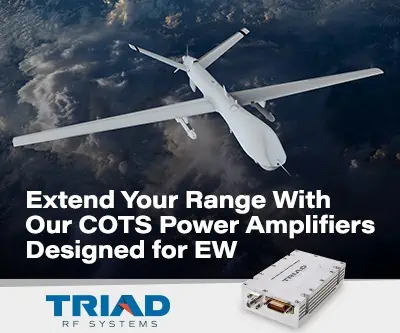NASA will be sending unmanned aircrafts dubbed “severe storm sentinels” above stormy skies, beginning this summer and over the next several years, to help researchers and forecasters uncover information about hurricane formation and intensity changes.
Several NASA centres are joining federal and university partners in the Hurricane and Severe Storm Sentinel (HS3) airborne mission targeted to investigate the processes that underlie hurricane formation and intensity change in the Atlantic Ocean basin.
NASA’s unmanned sentinels are autonomously flown. The NASA Global Hawk is well-suited for hurricane investigations because it can over-fly hurricanes at altitudes greater than 60,000 feet with flight durations of up to 28 hours – something piloted aircraft would find nearly impossible to do.
Global Hawks were used in the agency’s 2010 Genesis and Rapid Intensification Processes (GRIP) hurricane mission and the Global Hawk Pacific (GloPac) environmental science mission.
“Hurricane intensity can be very hard to predict because of an insufficient understanding of how clouds and wind patterns within a storm interact with the storm’s environment. HS3 seeks to improve our understanding of these processes by taking advantage of the surveillance capabilities of the Global Hawk along with measurements from a suite of advanced instruments,” Scott Braun, principal investigator and research meteorologist at NASA’s Goddard Space Flight Centre in Greenbelt, Md, said.
HS3 will use two Global Hawk aircraft and six different instruments this summer, flying from a base of operations at Wallops Flight Facility in Virginia.
“One aircraft will sample the environment of storms while the other will measure eyewall and rainband winds and precipitation,” Braun said.
HS3 will examine the large-scale environment that tropical storms form in and move through and how that environment affects the inner workings of the storms.
It will address the controversial role of the hot, dry, and dusty Saharan Air Layer in tropical storm formation and intensification. Past studies have suggested that the Saharan Air Layer can both favour or suppress intensification.
In addition, HS3 will examine the extent to which deep convection in the inner-core region of storms is a key driver of intensity change or just a response to storms finding favourable sources of energy.
The HS3 mission will operate during portions of the Atlantic hurricane seasons, which run from June 1 to November 30. The 2012 mission will run from late August through early October.
The instruments to be mounted in the Global Hawk aircraft that will examine the environment of the storms include the scanning High-resolution Interferometer Sounder (S-HIS), the Advanced Vertical Atmospheric Profiling System (AVAPS) also known as dropsondes, and the Cloud Physics Lidar (CPL). The Tropospheric Wind Lidar Technology Experiment (TWiLiTE) Doppler wind lidar will likely fly in the 2013 mission.
Another set of instruments will fly on the Global Hawk focusing on the inner region of the storms. Those instruments include the High-Altitude Imaging Wind and Rain Airborne Profiler (HIWRAP) conically scanning Doppler radar, the Hurricane Imaging Radiometer (HIRAD) multi-frequency interferometric radiometer, and the High-Altitude Monolithic Microwave Integrated Circuit Sounding Radiometer (HAMSR) microwave sounder.
Most of these instruments represent advanced technology developed by NASA, that in some cases are precursors to future satellite sensors.
NASA’s Science Mission Directorate Global Hawk aircraft will deploy to Wallops Flight Facility from their home base at NASA’s Dryden Flight Research Centre on Edwards Air Force Base, California.
“HS3 marks the first time that NASA’s Global Hawks will deploy away from Dryden for a mission, potentially marking the beginning of an era in which they are operated regularly from Wallops,” Paul Newman, deputy principal investigator on the HS3 mission, said.



















